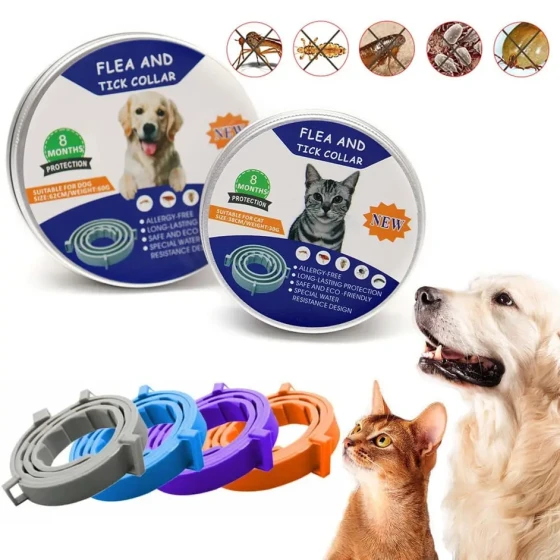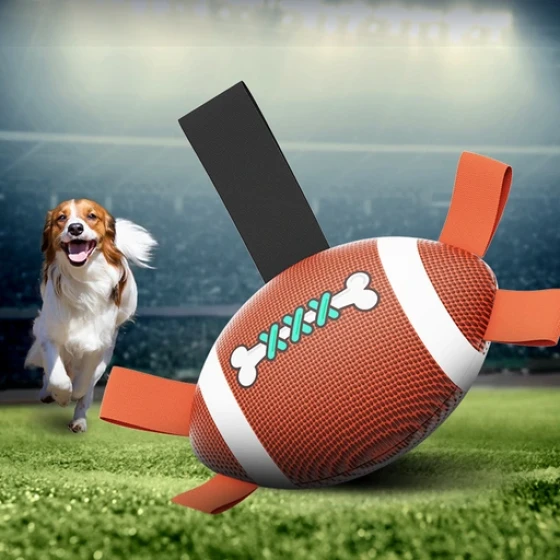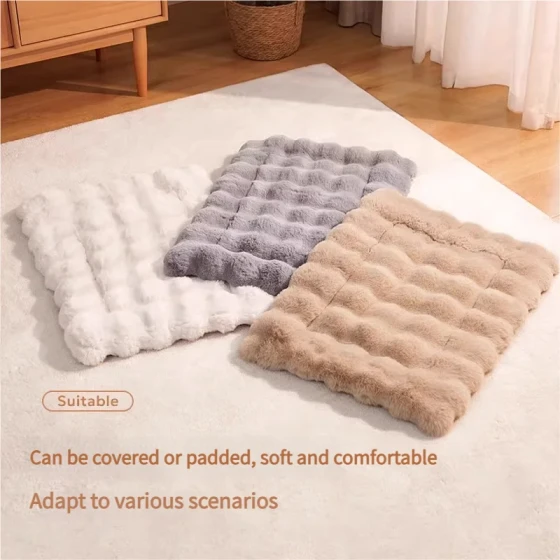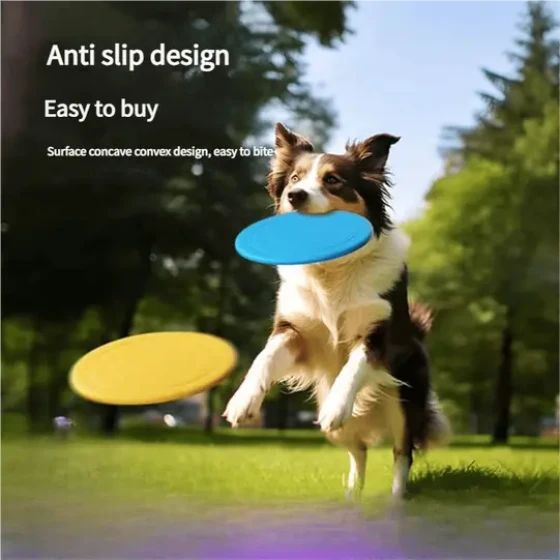Giardia lamblia——The Culprit of Persistent Diarrhea in Dogs and Cats

Giardia lamblia---One of the culprits of persistent diarrhea in dogs and cats
Many people may experience this: their cats or dogs eat and drink well, have good spirits, but just cannot gain weight and occasionally have upset stomachs. Medication can stop diarrhea for several days, but after a while, diarrhea starts again. It is neither very serious nor insignificant, but truly troubling. Giardia lamblia is one of the main offenders.
When animals infected with giardiasis defecate, their feces may contain cysts harboring the parasite. When other animals come into contact with these feces, they can become infected. Often, if these cysts enter water sources, other animals drinking that water may also be infected. Furthermore, this disease can infect humans, causing diarrhea or even liver disease.
Giardiasis is more common in dogs and occasionally occurs in cats. Clinical symptoms range from mild to severe diarrhea, which can be persistent, intermittent, or self-limiting. Usually diarrhea has a "cow dung" appearance without blood or mucus, but sometimes it can vary significantly. Some animals experience weight loss while others show no change in weight.
Giardia lamblia is a parasite invisible to the naked eye. Laboratory testing is required for diagnosis. Active trophozoites can be found in fresh stool or duodenal washings; cysts can be detected by stool flotation in saline or by special test strips (ELISA) detecting giardia proteins in feces. If giardiasis is suspected, at least 3 stool exams within 7–10 days of symptoms onset should be performed. Often one exam alone cannot detect cysts. When other methods fail, duodenal lumen lavage (via endoscopy or surgical injection of saline followed by retrieval of 5–10 ml) and cytology examination of duodenal mucosa sometimes reveal Giardia lamblia.
Because the parasite is difficult to find, diagnosis often relies on treatment response, although this approach has many limitations. Albendazole was effective but is currently discontinued. Metronidazole has fewer side effects and good efficacy (about 85% cure rate after 7 days of treatment). The effectiveness of metronidazole may be due to its anaerobic antimicrobial properties and/or immune modulation. Furazolidone (5-day course) has similar efficacy and is often given as suspension, making it easier to treat infected kittens. Febantel (3 days for dogs, 5 days for cats) and fenbendazole (5 days for both dogs and cats) are also effective. Recent data suggest oral neomycin may help. However, none of these drugs guarantee 100% clearance of Giardia.
The reasons Giardia lamblia is hard to eliminate include: first, possible drug resistance leading to reduced efficacy with repeated use. Second, immune deficiencies (e.g., IgA deficiency) or concurrent diseases increase difficulties in elimination. Third, reinfection is common because Giardia cysts are highly resistant in the environment, and even small numbers can re-infect dogs, cats, or humans. Quaternary ammonium compounds and pine tar can be used for environmental disinfection. Fourth, other protozoa (such as Tritrichomonas foetus in cats) may be mistaken for Giardia, but treatment is the same.
Giardia lamblia is very persistent and difficult to eradicate but does not cause severe harm to the animal’s body. Maintaining hygiene, promptly cleaning animal feces, encouraging good habits to prevent indiscriminate licking, and regularly deworming internally and externally can effectively control giardiasis episodes.
For dogs, routine internal deworming is recommended with Baycox (once every 3 months) or Heartguard (covers most types of worms including heartworms, given monthly). For external parasites, Frontline is recommended; once a month in summer and autumn, every 3 months in winter and spring.
For cats, routine internal deworming is recommended using Cat Baycox (once every 3 months). External deworming is recommended with Frontline or Revolution; monthly for outdoor cats, every 3 months for indoor cats.


-560x560.webp)


